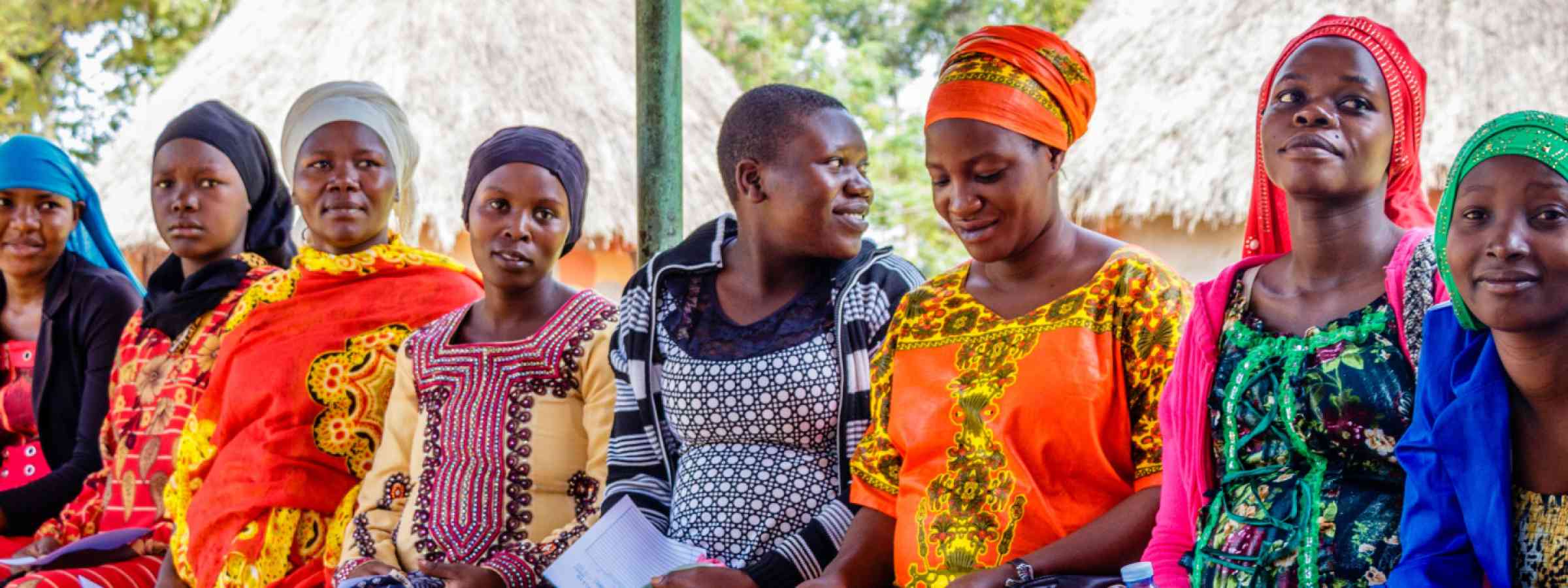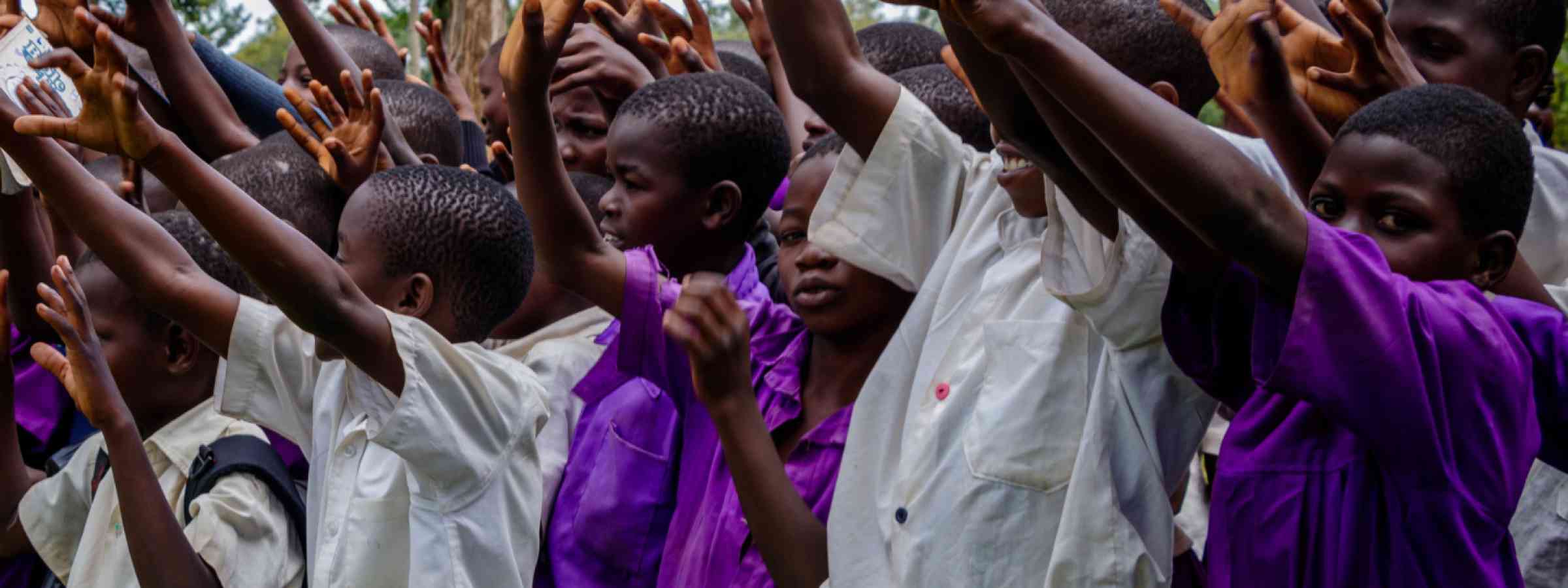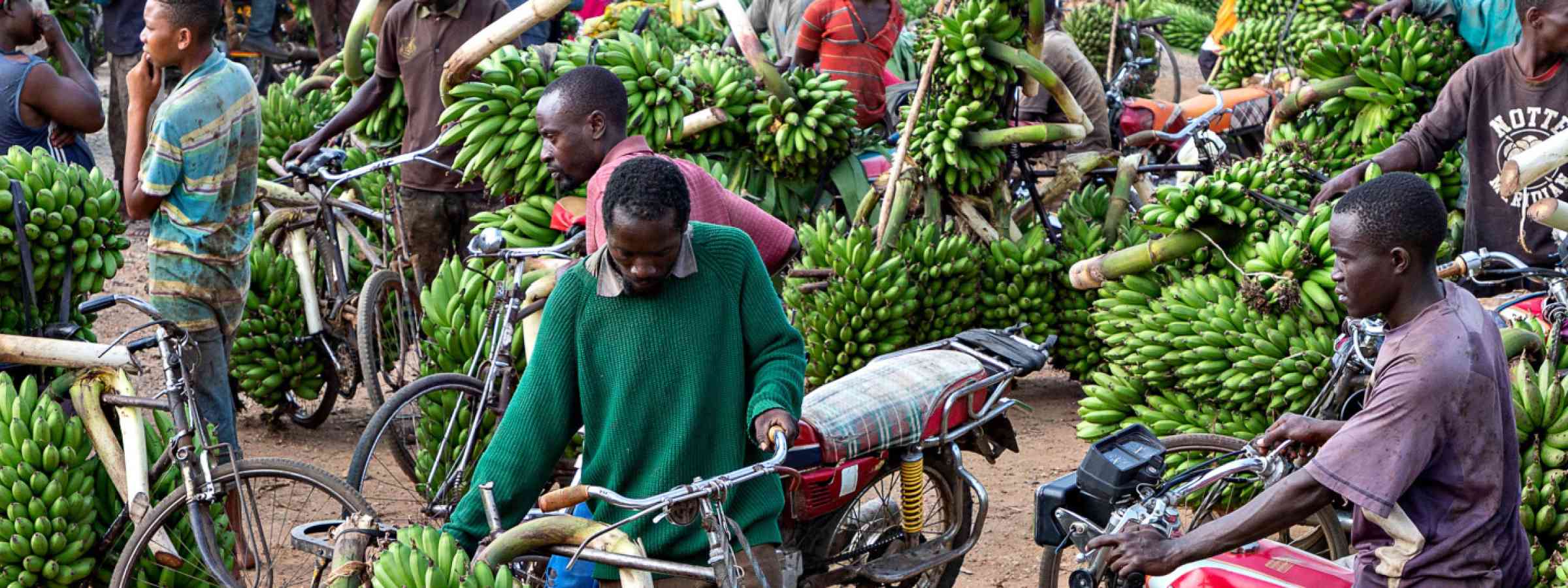African Network of Centres of Excellence for disaster risk reduction
What is the Africa Network of Centres of Excellence for Disaster Risk Reduction?
Despite progress in enhancing disaster risk reduction (DRR) across Africa, countries remain highly vulnerable, with their populations and assets at risk. The extent to which disaster risk threatens to undermine the development and safety of the communities is of serious concern. A particular area of concern remains the limited availability of and access to multi-hazard early warning systems to inform early and anticipatory action and disaster preparedness against approaching hazards.
The Africa Network of Centres of Excellence for DRR (NoE) was launched in March 2023. It aims to enhance the existing capacity of African research, academic, and science centres, and foster joint development and delivery of customised services, tools, products and training to respond to the needs of African institutions whose mandate and focus is DRR, early warning and anticipatory action.
The Africa Network is committed to empowering its members and African countries with the knowledge and skills to prepare, prevent, and mitigate the negative impacts of climate-related disasters on society.
We achieve this through a suite of capacity building initiatives focused on sharing of information, event data collection and harmonization for effective multi-hazard early warning systems in support of disaster risk reduction in Africa, including:
- A comprehensive course curriculum on multi-hazard early warning systems, designed for both online and in-person delivery by Network partners.
- Foster knowledge exchanges and skills development through South-South and North-South mobility exchanges that equip participants from African institutions with the necessary knowledge and skills to effectively support early warning, early action and DRR efforts across Africa.
Course 1
Multi-Hazard Early Warning Systems (MHEWS) for Africa
Module 1: Introduction to African Multi-Hazard Early Warning Systems (AMHEWS)
Goal: Understand the concepts and components of Multi-Hazard Risk Assessment
Learning objectives
- Understand the concept of effective end-to-end, and people-centered MHEWS, know the importance and benefits of early action in disaster risk reduction for Africa
- Know the components of Multi-Hazard Assessment and Risk Analysis considering the dominant, simultaneous or sequential occurrence of multiple hazards in Africa, their potential interactions, compound and cascading risk.
- Know the institutional framework applicable to successful MHEWS and Early Action initiatives and showcasing functional frameworks in Africa.
Module 2: Early Warning Systems and Technologies
Goal: Explore the tools and approaches of MHEWS
Learning objectives
- Understand data collection, measuring, observation, and sharing systems.
- Understand multiple hydrometeorological hazards, monitoring and forecasting, tools, methods, and approaches.
- Understand Communication and Dissemination of Early Warnings.
Module 3: Policy Development, Resources Mobilization, and Sustainability
Goal: Foster and strengthen Policy Development, Resources Mobilization, and Sustainability in EWS
Learning objectives
- Design policies for integrating MHEWS into national strategies.
- Ensure sectoral coherence, and coordination at different levels.
- Explore funding mechanisms for MHEWS from national, regional, and international sources.
- Build or enhance a MHEWS frameworks for long-term sustainability.
Developing Partner: WASCAL
Course 2
Tools and Methods of Generating Multi-Hazard Risk Information
Module 1: Crowdsourcing and management of climate risk data
Goal: Enhance the speed, accuracy, and effectiveness of data collection, hazard detection, warning dissemination, and anticipatory actions
Learning objectives
- Collect, harmonize, and disseminate climate risk and hazard data using different digital performing applications.
- Use Machine learning & artificial intelligence to develop advanced algorithms that analyse multi-hazard risk data, identify patterns, and support decision-making processes.
Module 2: Data Analysis tools for building Multi-hazard Risk Information
Goal: Improve skills in the use of one or several tools to generate multi-hazard risk information
Learning objectives
- To use several tools and data platforms to assess multi-hazard risk.
- To enhance quality of processing, analyses, and visualization of hazards, exposure, and vulnerability data.
To understand, interpret, and report risk information from some biophysical model.
Developing Partner: WASCAL
Course 3
Impact-based multi-hazard forecasting and warning services
Module 1: Impact-based multi-hazard forecasting (IbF)
Goal: Provide more actionable and targeted information to support decision-making by various stakeholders, including governments, emergency management agencies, and the public.
Learning objectives
- Analyze forecast outputs to identify the hazards at different lead times and locations.
- Estimate the potential impacts of hazards on exposed elements, considering factors such as vulnerability, exposure, and hazard intensity.
- Develop targeted, timely, actionable warnings, and dissemination.
- Develop verification schemes, and feedback mechanisms for the IbF and warning services.
- Improve risk-informed decision-making by various stakeholders, including governments, emergency management agencies, and the public. "
Module 2: Disaster Risk Financing of Weather-Related Multi-Hazards in Africa
Goal: Create Disaster Risk Financing (DRF) strategies and forecast-based financing (FbF) applications
Learning objectives
- Use common assessment tools to create DRF strategies.
- Provide practical applications of forecast based financing.
- Contribute to promote financial resilience to disasters.
Developing Partner: WASCAL
Course 4
Early and Anticipatory Actions in Disaster Risk Reduction
Module 1: Anticipatory Action
Goal: The overall goal of the course is to increase awareness and buy-in from decision-makers to invest significant policy efforts into making DRM systems more anticipatory, as well as understanding as to what DRM practitioners need to be able to deliver effective and efficient AA. Learning objectives
- Ability to evaluate the gaps within their disaster risk management systems and create strategies to integrate anticipatory action into disaster risk management systems.
- Ability to monitor and evaluate progress along those strategies.
- Establish foundational knowledge to design an anticipatory action plan at their relevant level
Developing Partner(s): UNU-EHS, WFP
Module 2: Observing and forecasting seasonal and weather related climate extremes and the development of associated AA triggers
Goal: The course provides an introduction to seasonal climate and weather forecasting and related concepts that underpin the development and use of AA trigger models for climate-related hazards.
Learning objectives
- Better understand the nature and drivers of climate-related hazards
- Understand weather and seasonal climate forecasts and measures of their accuracy and skill
- Understand the use of different observation and forecast sources
- Assess constraints of the forecasting process and observations on AA decision-making.
- Recognize other non-climate related factors within the superposition of vulnerability, hazard and exposure that affect risk of climate impact in general and trigger development in particular
- Engage in the process of development and operationalization of trigger models for AA of climate hazards.
Developing Partner: UCT
Course 5
Indigenous Knowledge Systems in Inclusive and Holistic Gender-Responsive Disaster Risk Reduction (DRR) Strategies
Goal: The goal of this course is to equip participants with the knowledge and skills to develop and implement inclusive, holistic, and gender-responsive Early Warning and Anticipatory Action strategies that leverage the power of Indigenous Knowledge Systems (IKS).
Learning objectives
- Critically understand and interrogate the comparative cultural and place/local community-based nature of multi-hazard early warning and anticipatory action on weather and climate driven hazards (e.g., Floods, droughts, earthquakes, etc.) and their comparative global and regional relevance;
- Understand and evaluate the factors influencing the vulnerability of individuals and local communities to diverse disaster situations (natural and man-made);
- Appreciate the significance of the holistic, inclusive, gender, cultural and place/local community-based specific nature of African indigenous knowledge systems in the context of DRR;
- Articulate the benefits of AIKS to local communities and those working with local communities in Disaster Risk Reduction (NGOs, policy makers, scientists and other development agencies);
- Understand the significance and application of comparative specific cultural and place-based concepts, oral traditions, belief and value systems including sacred places, taboos, totems, in local/indigenous knowledge systems, demonstrating the symbiotic relationship between human, natural and spiritual environments in DRR situations;
- Integrate inclusive, holistic and gender-responsive-based local/Indigenous Knowledge approaches into DRR and Anticipatory Action Measures;
- Use and interface digital and artistic knowledge and skills with indigenous knowledge systems for enhancing inclusive, holistic and sustainable climate science literacy and action in DRR situations;
- Create inclusive platforms including digital and artistic, for promoting the significance of interfacing indigenous and other knowledge systems for sustainable futures in DRR situations.
Developing Partner: AIIKS
Course 6
Advanced Principles and Practice of Disaster Risk Management
Module 1: DRM practices and underlying principles that are relevant for DRR, MHEWS and AA
Goal: The purpose of this course component is to provide adequate background knowledge and information regarding those DRM practices and underlying principles that are relevant for DRR, MHEWS and AA in the execution of DRM functions and the implications of the international, regional and national legislations and frameworks on local government, private sector and other stakeholders.
Learning objectives
- Develop expertise in core Disaster Risk Management (DRM) practices including DRR, MHEWS, AA, and relevant frameworks for effective implementation by various stakeholders.
- Analyze the economic impacts of disasters and leverage risk reduction strategies to improve resource allocation and disaster response through informed decision-making.
- Build resilience by understanding the interconnectedness of environment, disaster risk, and sustainable development to promote effective DRR, CCA, and achievement of the SDGs.
Module 2: Economics of Disasters
Goal: This module aims to recognize and examine the economic impacts of various hazards and disasters
Learning objectives
- To discuss the background of economics of disaster prevention and preparedness that modelled the potential impact of disasters on society and economy and quantified the costs and benefits of investments in disaster resilience.
- To understand how disaster risk is estimated, to assess options for preventing risks and how disaster risk financing can be used to respond more effectively to disasters. This course demonstrates why investing in disaster prevention and preparedness makes economic sense.
Module 3: Meaning and application of Ecosystem-based Disaster Risk Reduction
Goal: To conscientize the participants of the important symbiotic relationship that exist between human and their environment as a socio-ecological system
Learning objectives
- To establish the linkages between Ecosystems, DRR and CCA
- The participant should be able to establish the link between DRR, CCA and SDGs and the role the natural environment plays in achieving the SDGs or Agenda 2030
- To Understand and appreciate various forms of NbS and discuss the role and place of Eco-DRR/CCA in the broader practice and application of Nature-based Solutions.
- To design and execute Eco-DRR/CCA project that improve local resilience and support the SDGs.
- To think strategically using a system-think lense in their planning processes.
Developing Partner: DiMTEC
Mobility exchanges
A primary focus of the African Network of Centres of Excellence for Disaster Risk Reduction (NoE) is to enhance Africa’s capacity for early warning and anticipatory action, drawing upon the expertise of its partners to contribute towards the development and strengthening institutional capacity across national, regional, and continental levels to collect, exchange and analyse data in which to inform multi-hazard and impact-based early warning systems, and provides guidance to disaster risk affiliated authorities to implement anticipatory actions. The NoE partners have developed a mobility and exchange program to foster triangular cooperation between north-south and south-south institutions working on DRR. The exchange programme aims to enhance cooperation between the regional and national institutions across Africa as well as share expertise in various key areas that would ensure progress in the implementation of the Early Warnings for All (EW4ALL) initiative.
The NoE Mobility and Exchange Program is implemented with support from UNDRR and partners from across the continent, including the governing institutions of the priority project countries. The Mobility and Exchange Program aims to support technical experts to visit national and regional multi-hazard early warning centres and other learning institutes to foster knowledge exchanges and skills development. These exchanges take place between 5-10 days, in which these national experts would visit regional centres of excellence to engage, learn and network between themselves and the regional teams.
Objectives of the Network Mobility exchange programme
Disaster Risk Reduction (DRR) is critical for African nations facing increasing threats from natural hazards and climate change. South-South cooperation offers a valuable platform for knowledge exchange and capacity building among African countries with shared experiences and contexts. This mobility exchange program aims to facilitate the exchange of expertise, best practices, and policy frameworks related to the use and application of Risk Knowledge for improved DRR and DRM between African countries, institutions, and other entities. The main objectives for these exchanges are to:
- Enhance the capacity of African DRR experts, practitioners, and policymakers to generate, access, analyse, and utilize risk information for effective DRM through peer-to-peer learning and knowledge exchange.
- Foster collaboration, networking, and knowledge sharing among African DRR stakeholders to address common challenges and develop innovative national, regional, and cross-border solutions and approaches in risk information management and DRM.
- Strengthen the application of evidence-based strategies for disaster preparedness anchored in robust risk information across Africa.
- Where possible, support the strengthened coordination and implementation of AMHEWAS between AUC, RECs, national situation rooms and disaster management agencies.
This section displays content created by the partners participating in the Africa Network of Centres of Excellence for Disaster Risk Reduction. It serves as a knowledge hub of NoE members contributions and customized tools, services, products, and training to address disaster risks in Africa. We invite members to contribute their pieces of work to our platform.
UNDRR
The United Nations Office for Disaster Risk Reduction (UNDRR) is a pivotal global organization dedicated to reducing disaster risks and building resilience worldwide. UNDRR works tirelessly to promote a culture of disaster prevention and preparedness, emphasizing the importance of risk reduction in sustainable development efforts.
Moreover, UNDRR's Regional Office for Africa serves as a vital hub for disaster risk reduction efforts across the continent. By providing technical support, facilitating knowledge exchange, and fostering partnerships, the regional office strengthens Africa's capacity to address the unique challenges posed by natural and man-made hazards.
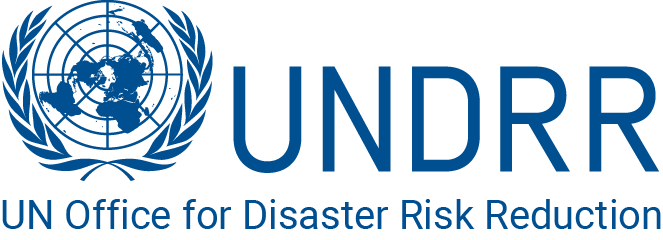
CIMA Foundation
The CIMA Research Foundation is a nonprofit organization dedicated to advancing research, technology, and training in engineering and environmental sciences for public health, civil protection, and ecosystem preservation. Specializing in disaster risk mitigation, it focuses on hydrometeorological risks like floods and wildfires, developing mathematical models for forecasting and prevention.
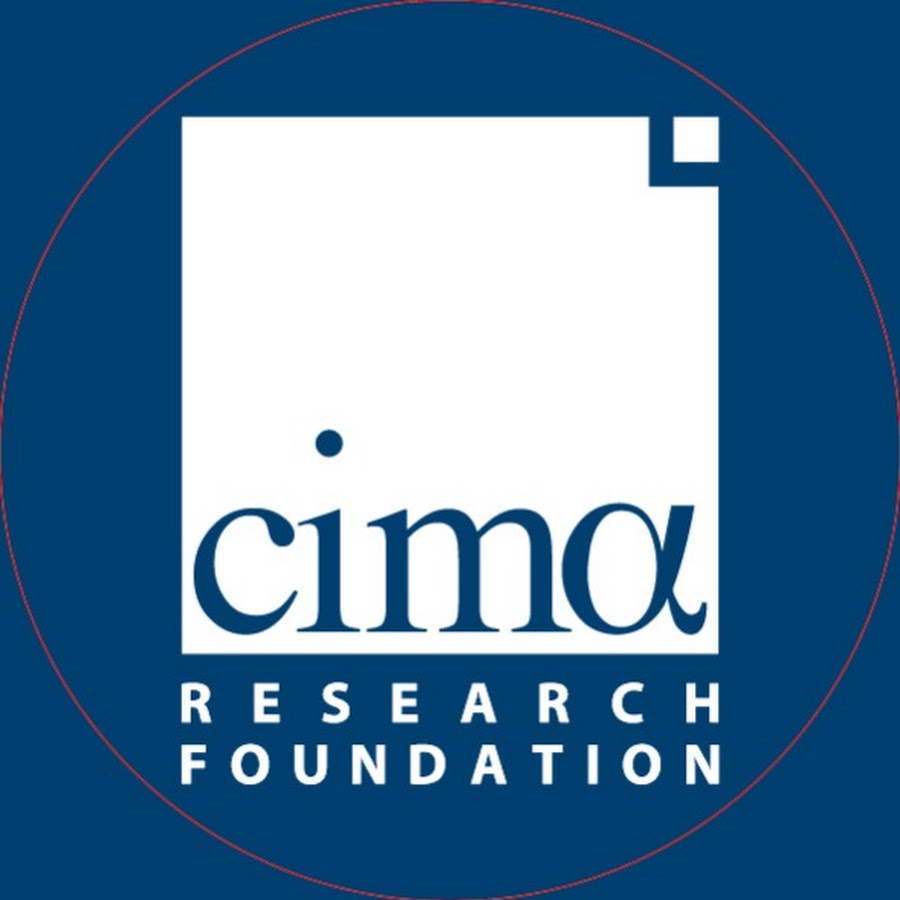
Disaster Risk Management, Sustainability and Urban Resilience (DIMSUR)
Disaster Risk Management, Sustainability, and Urban Resilience (DIMSUR) is a leading organization dedicated to enhancing disaster preparedness, sustainability, and resilience in urban environments worldwide. By integrating cutting-edge research, innovative technologies, and interdisciplinary expertise, DIMSUR strives to address the complex challenges posed by natural and man-made disasters.

PERIPERI U
PeriPeri U is a dynamic organization committed to promoting sustainable development and resilience in Southern Africa. With a focus on addressing challenges posed by climate change and environmental degradation, PeriPeri U collaborates with stakeholders from academia, government, and civil society.

The Regional Mapping Resources for Development (RCRMD)
The Regional Centre for Mapping of Resources for Development (RCMRD), established in 1975 by the United Nations Economic Commission for Africa (UNECA) and the African Union (AU), serves 20 member states in Eastern and Southern Africa. Its vision is to be a leading provider of geo-information and related technologies for sustainable development.
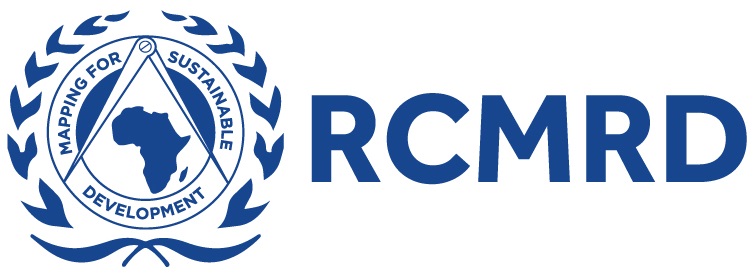
The West African Science Service Centre on Climate Change and Adapted Land Use (WASCAL)
The West African Science Service Centre on Climate Change and Adapted Land Use (WASCAL) is a pioneering organization dedicated to addressing climate change challenges in West Africa. Established to enhance scientific research and knowledge exchange, WASCAL collaborates with universities, research institutions, and governments across the region.
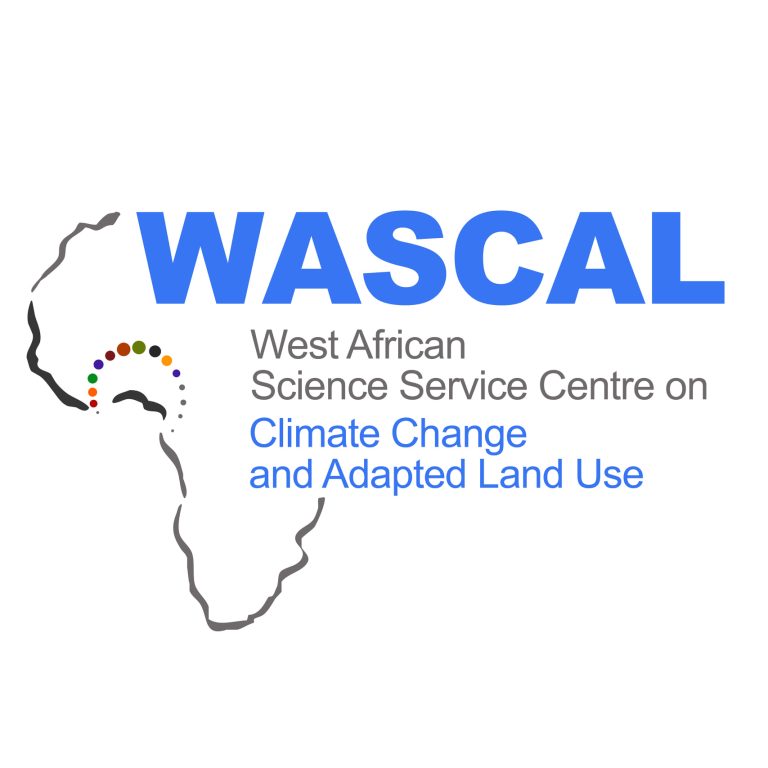
University of KwaZulu-Natal / African Institute in Indigenous Knowledge Systems (AIIKS)
The University of KwaZulu-Natal (UKZN) renowned for its research excellence, particularly showcased during the COVID-19 pandemic, has emerged as a leader in higher education in South Africa and globally. With a diverse student body reflecting the nation's demographics, UKZN emphasizes inclusivity and community engagement.
The African Institute in Indigenous Knowledge Systems (AIIKS) is an African Indigenous Knowledge Hub for the Advancement of African Scholarship and Restoration of African Dignity. Its mission is to promote and support the contribution of African Indigenous Knowledge Systems to the global pool of knowledge.
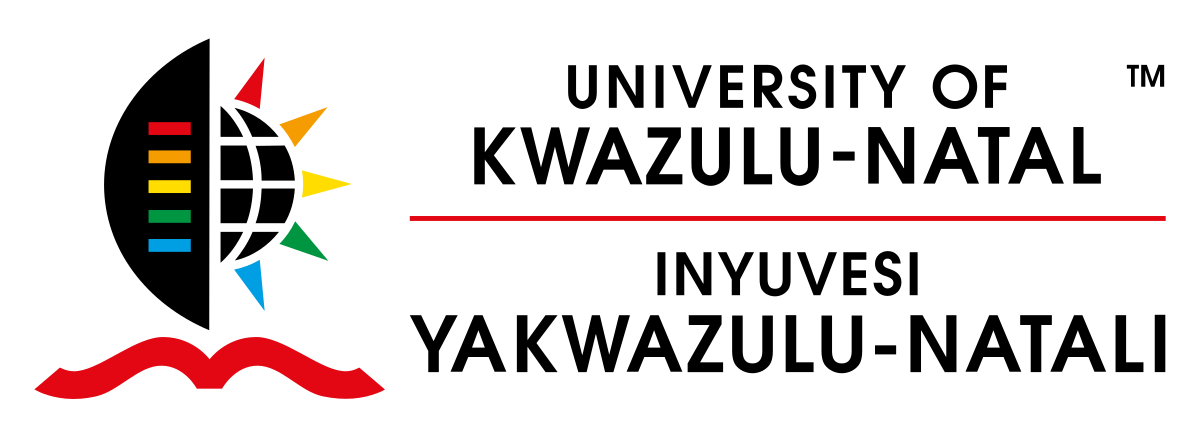
University of the Free-State / DiMTEC
The University of the Free State (UFS) has a proud history as one of the oldest, most respected institutions of higher education in South Africa. It opened its doors in Bloemfontein in 1904 as the Grey University College, with six students in the Humanities.
The Disaster Management Training and Education Centre for Africa (DiMTEC) is an education, training, and research centre within the Faculty of Natural and Agricultural Sciences on the Bloemfontein Campus of the University of the Free State in South Africa.

United Nations University - Institute for Environment and Human Security
The United Nations University (UNU) is the academic arm of the United Nations with the mission to contribute, through collaborative research and education, to efforts to resolve the pressing global problems of human survival, development, and welfare that are the concern of the United Nations, its Peoples, and Member States.
The United Nations University Institute for Environment and Human Security (UNU-EHS), located in Bonn, is a think tank focusing on advancing human security and well-being by reducing current and future risks from environmental hazards and climate change.
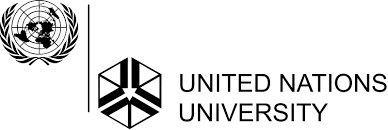
You may have also heard of the "Centre of Excellence for Disaster and Climate Resilience"
Africa Network of Centres of Excellence for Disaster Risk Reduction
The Africa Network of Centres of Excellence enhances the capacity of African research centres to advance DRR. It offers online training to prepare, prevent, and mitigate climate-related disasters, share information, and develop effective multi-hazard early warning systems.
Centre of Excellence for Disaster and Climate Resilience
Established by WMO and UNDRR, this Centre fosters collaborative risk reduction and resilience efforts, focusing on those most vulnerable to climate change.
When to Choose the Africa Network
Choose the Africa Network if you are an African institution seeking tailored DRR services, tools, and training to address the continent’s specific needs, including climate-related disaster preparedness and multi-hazard early warning systems.


Funded by the Government of Italy
In support of the Africa Multi-Hazard Early Warning and Action System (AMHEWAS)

